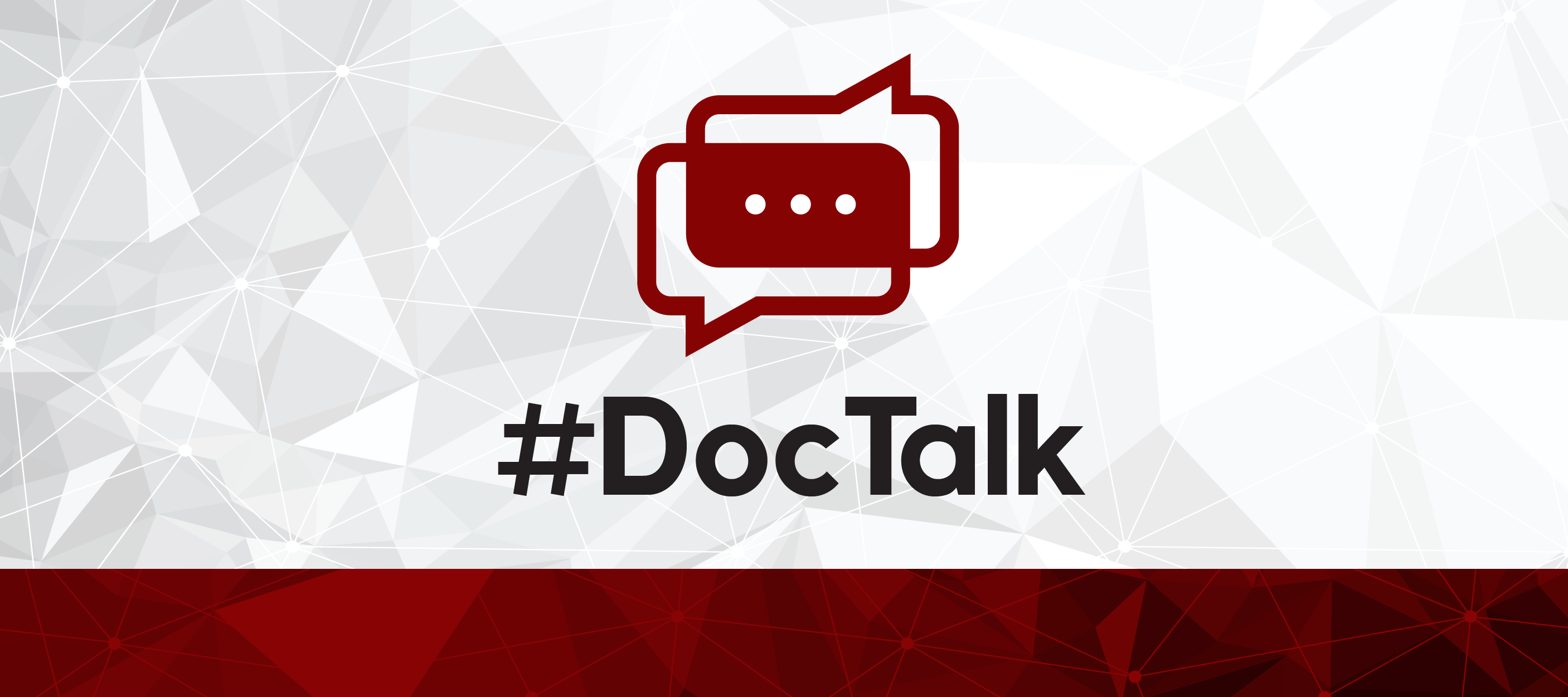DocTalk Tweet Chat "Wearable Devices in Healthcare" Scheduled for January 13
The tweet chat returns for a special crossover collaboration with a popular health data organization.
Two months ago, Janssen Pharmaceutical Companies announced the launch of a 1900-patient trial that would become the first decentralized, mobile, indication-seeking clinical study in the world. The CHIEF-HF trial will observe patients with heart failure manage their symptoms and everyday activity when treated with canagliflozin—and it will all be done from a device.
Among the very clinical questions Janssen is trying to answer with this novel trial is one that has implications outside of cardiology: “Can you take advantage of the validated technology today, and change the way that we do clinical research?”
Paul Burton, MD, PhD, vice president of Medical Affairs and Internal Medicine for Janssen Scientific Affairs, posed that question to HCPLive®. It’s the same question to have been asked in the Apple Heart study, and it will continue to be answered by new trial results and discussions over the coming years.
But let’s consider the question right now.
In a special-edition #DocTalk Tweet Chat, John Lynn, founder of HealthcareScene.com (@healthcarescene) and organizer of the #HITsm tweet chat, joins HCPLive to lead a discussion on “Wearable Devices in Healthcare.”
#DocTalk is a weekly conversation featured on Twitter that focuses on the biggest issues in healthcare today. Join us Monday, January 13, at 6 PM EST for the start of our chat, featuring co-host John Lynn (@techguy).
Lynn, a longtime discussion leader in the spaces of technology and data, will join MD Mag to take on the following questions and topics:
- Should physicians play a role in sharing information/raising awareness about wearable devices?
- Where else can wearable device capability benefit clinical assessment?
- In its early years of application, how has wearable device data influenced cardiology research and care?
- How can collected wearable data influence a physician’s care, compared to a patient without such data?
- What are the flaws of wearable device data, and how can they be improved?
Additionally, HCPLive managing editor Kevin Kunzmann (@NotADoctorKevin) and associate editor Samara Rosenfeld (@RosenfeldSamara) will be joining Lynn and his colleagues for a #HITsm tweet chat on the consumer’s perspective of wearable devices, scheduled for Friday, January 17, at 12 PM EST.
We invite all interested Twitter users to participate in both chats, and contribute their own perspective and questions.
Be sure to search for “#DocTalk,” follow us on Twitter (@MDMagazine), and look for the social media icon signifying the chat:
